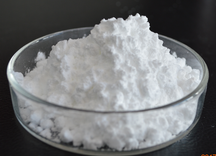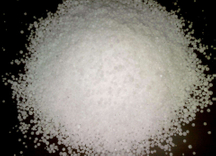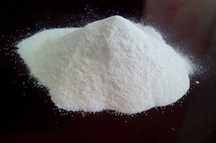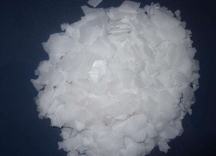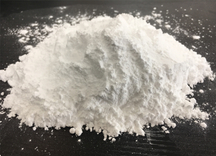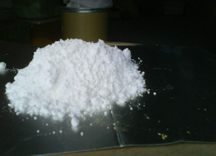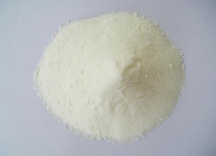
Adipic acid is a key organic compound that plays an essential role in the production of various industrial products, particularly in the manufacturing of nylon, plasticizers, and resins. This versatile compound is vital in multiple industries, including textiles, automotive, and food. Understanding its production processes, applications, and properties is crucial for industries reliant on its usage.
The Production of Adipic Acid
The production of adipic acid typically involves two primary processes: the oxidation of cyclohexane or the oxidation of benzene. The cyclohexane process is more widely used due to its cost-effectiveness and efficiency. During this process, cyclohexane is oxidized using nitric acid and air, which produces adipic acid as one of the final products.
The second method, the benzene process, is less common but still used in some regions. This process involves the oxidation of benzene, followed by the conversion of intermediates into adipic acid. Although both methods produce adipic acid, the cyclohexane oxidation process is more prevalent due to lower environmental impact and better yield.
Key Applications of Adipic Acid
Adipic acid has an extensive range of applications, making it a crucial compound in several industries. The most notable application is in the production of nylon 66. Nylon 66 is widely used in textiles, particularly for making fabrics, carpets, and industrial fibers. It is also employed in the automotive industry to manufacture durable parts such as under-the-hood components.
Another significant use of adipic acid is in the production of plasticizers, which are additives used in plastic manufacturing to increase flexibility. Additionally, adipic acid is used to produce various resins and adhesives, contributing to the manufacturing of coatings, paints, and sealants.
The food industry also makes use of adipic acid, albeit on a smaller scale. It serves as a food additive, where it is used as an acidulant in certain processed foods and beverages. It imparts a tart flavor and helps to control acidity levels.
Environmental Impact and Sustainability of Adipic Acid Production
As with many industrial chemicals, the production of adipic acid has environmental implications. One of the main concerns is the generation of nitrous oxide (N2O), a potent greenhouse gas that is produced during the nitric acid-based production process. Nitrous oxide has a much higher global warming potential than carbon dioxide, making its release a significant environmental challenge.
In recent years, efforts have been made to reduce the environmental impact of adipic acid production. Some companies have developed more sustainable methods, such as bio-based adipic acid production, which utilizes renewable resources like glucose or biomass as feedstock instead of petroleum. This shift not only reduces greenhouse gas emissions but also supports the global transition towards more sustainable manufacturing processes.
The Future of Adipic Acid in Industry
The future of adipic acid production is likely to involve significant advancements in sustainability. As industries increasingly focus on reducing their carbon footprints, the demand for bio-based alternatives to traditional adipic acid production is expected to grow. Innovations in biotechnology, including the use of genetically modified organisms (GMOs) and enzymes, may open up new pathways for environmentally friendly production methods.
Moreover, the increasing demand for nylon 66 and other derivatives in the automotive and textile industries will continue to drive the market for adipic acid. As new applications for this versatile chemical emerge, it is anticipated that adipic acid will remain a vital component in the industrial landscape for years to come.
FAQ
1. What are the primary uses of adipic acid?
Adipic acid is primarily used in the production of nylon 66, which is crucial for textiles, automotive parts, and industrial fibers. It is also used to make plasticizers, resins, and adhesives, as well as in some food applications as an acidulant.
2. How is adipic acid produced?
Adipic acid is commonly produced through the oxidation of cyclohexane or benzene, with the cyclohexane method being more widely used due to its cost-effectiveness and higher yield.
3. What environmental concerns are associated with adipic acid production?
The production of adipic acid can result in the emission of nitrous oxide (N2O), a potent greenhouse gas. Efforts are being made to reduce these emissions by using more sustainable production methods, such as bio-based production techniques.
4. Is there a sustainable alternative to adipic acid production?
Yes, bio-based adipic acid production is a growing alternative, utilizing renewable resources like glucose and biomass to reduce environmental impact and reliance on fossil fuels.
Conclusion
Adipic acid is an essential chemical compound that has wide-ranging applications across multiple industries. Its role in the production of nylon, plasticizers, resins, and food additives makes it a vital component in the global economy. As the world moves towards more sustainable manufacturing practices, the production of adipic acid is likely to evolve, with bio-based methods offering a promising future. Companies and industries using adipic acid must continue to innovate to reduce environmental impacts while meeting the growing global demand for this versatile chemical.











